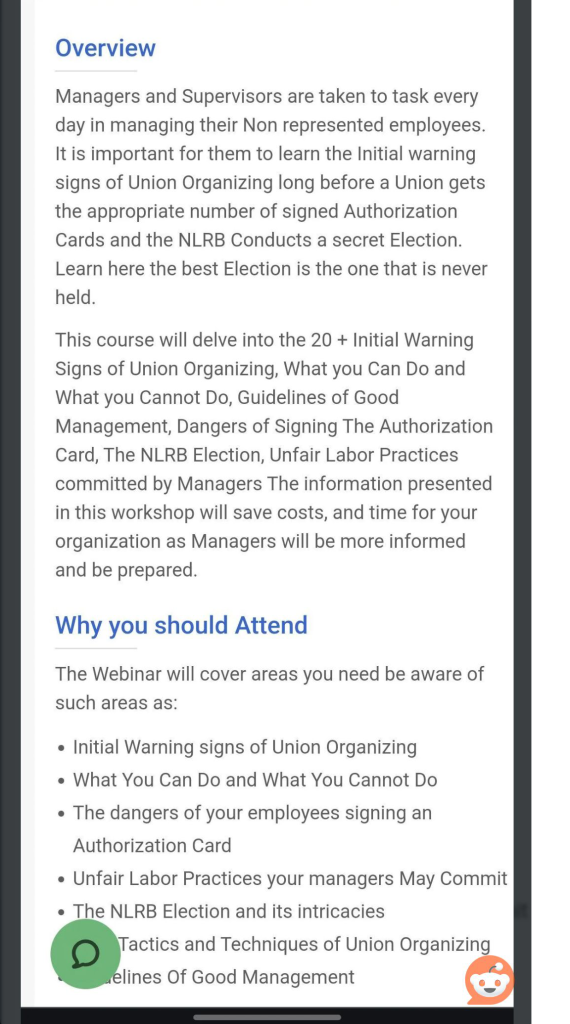On a recent podcast, Donald H Taylor was the latest person I have heard say AI is comparable to electricity in its potential to revolutionize the world. The first time I had heard this kind of idea was back at an event in May 2022.
If we compare this industrial revolution (4.0/5.0 or whatever you want to call it) with how amazing it must have been to first see a building lit up with electricity why do I feel underwhelmed? This is, perhaps, as (like industrial revolution 1.0 and 2.0) there has been a long lead in – for example, we have already seen huge benefits from computers and this feels (to me) like a natural next step forward. Indeed AI has already been revolutionizing certain industries/professions like medical imagery for a while. To an extent I fear that the current buzz is really that this period of automation/robotisation is coming for the likes of lawyers, teachers, software engineers and journalists so there is a lot more noise on the internet and in the wider media. For example, if we go back to 1985 people experiencing “hard times” (including having their jobs taken by computers) had their own supporters, including “The American Dream”, Dusty Rhodes:
This all said, when “web 2.0” burst onto the scene I was wildly interested, trying out a multitude of tools, listening to podcasts to find more, etc etc. So what is different? Well, a few things:
- I am older and more grizzled. In learning we have, since 2.0, seen the rise of mobile devices and other tech which has promised much but actually impacted the industry and day-to-day work in relatively limited ways. I totally agree with the general opinion that AI is more transformative than this but I have become cynical about tech buzz.
- Web 2 offered something very real, particularly for my career and ways of working, through blogs, wikis, virtual classrooms, social media and all the other tools that were given the label we were seeing increased global connectivity of people via the web. Web 2 was ultimately, for me, about web interactivity moving beyond static pages, discussion boards and chat forums to one where virtually any face-to-face interaction could be done online. The covid pandemic may have been a late push to many to use such tools but for those of us investigating them in c.2006 it was very exciting (even if the 2.0 term itself is said to come from 1999).
- GenAI is too often just a reflection of the internet. Much has been said and written about the issues with GenAI based on the data sets and attempts such as Google’s to add diversity in where the data set lacks it. Ultimately, for learning teams/industry, it clearly has advantages, e.g. for writing content on generic topics, helping with marking/marketing, etc but less helpful on the kind of detailed technical topics many company L&D teams are working with (i.e. the propriety information and USPs of their organizations). Private AIs that use a greater % of the source material over a central internet-powered data set will come (some are already here) but I’ve not really seen them work as designed/sold – yet (readers – let me know in the comments what/who I am missing in relation to actually powerful tools here). As for image tools their quality seems to vary enormously so that market feels like it needs some serious culling so most of us end up using one or two tools from a bigger field.
Meanwhile it’s good to see that research, news, blogs, etc are considering the evident issues. For example, what you can see from the free access to this article sounds good in considering Gen AI implications for Human Resource Management. Figure 1 in that article being a nice summary of where I would imagine most organizations either are or think they need to be in considering their future – if I can further summarize, deciding on the balance of people vs tech in the future is something for us all to think about. However, that is something as old, if not older, as industrial revolution 1.0.

